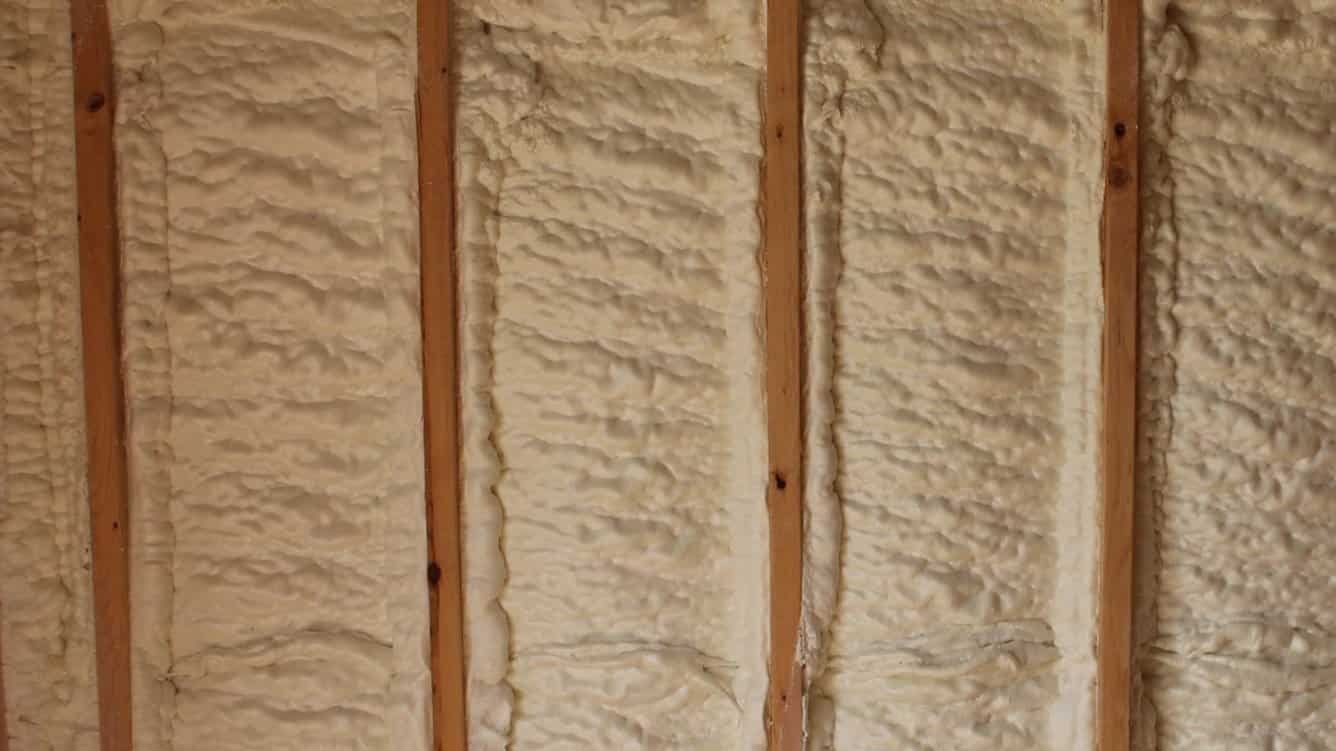
About Spray Foam Insulation
Spray foam insulation is a versatile and efficient insulation material used to enhance energy efficiency in homes and commercial spaces. Composed of two primary components—poly resin and isocyanate —this insulation expands upon application, filling gaps and creating an airtight seal. This characteristic helps to reduce air leakage, thereby minimizing energy costs associated with heating and cooling. Additionally, spray foam insulation provides excellent moisture control and can contribute to improved indoor air quality by reducing allergens and pollutants. Its application is ideal for various spaces, including attics, walls, and crawl spaces, making it a popular choice for modern insulation needs.
Spray Foam Insulation Options
After determining your commitment to enhancing energy efficiency through spray foam insulation, the next step is choosing the type that best suits your project: open cell or closed cell spray foam. Although both types are applied similarly and offer excellent air sealing benefits, they differ significantly in their cell structure. Closed cell spray foam is robust and resembles a spray-in truck bed liner, whereas open cell foam is more lightweight and has a sponge-like texture.
-

Open Cell Spray Foam Insulation
Open-cell spray foam insulation is a lightweight, flexible option that offers excellent thermal resistance and sound dampening. It expands to fill gaps, creating an air barrier, and allows moisture permeability, preventing trapped moisture issues. Ideal for interior applications, it enhances energy efficiency and comfort in residential and commercial spaces, while also improving indoor air quality by reducing air leakage.
-

Closed Cell Spray Foam Insulation
Closed cell spray foam insulation is an effective material for improving energy efficiency in residential and commercial settings. It consists of tiny cells that trap air, creating a strong barrier against moisture and air leaks. With a higher R-value per inch than open cell foam, it is ideal for limited spaces. It also enhances structural integrity and offers soundproofing benefits. Its versatility makes it suitable for hard-to-reach areas, contributing to energy savings and comfort.
Insulating attics, walls, and crawlspaces is essential for maximizing energy efficiency.
Spray foam insulation can be applied to walls, attics, and crawlspaces to minimize energy loss and lower heating and cooling expenses. This type of insulation serves as an air barrier, contributing to a healthier, quieter, and more energy-efficient home for you and your family. Our certified installers will guarantee that the spray foam insulation is installed correctly and that you receive a top-quality brand, applied to the highest standards.
Applications for Spray Foam Insulation
Spray foam insulation can be utilized in both new constructions and existing structures, including residential and commercial properties, as well as in unconventional designs. This material bonds well with wood and steel frameworks and performs effectively regardless of the climate. Once applied, spray foam expands to fill small gaps and spaces, which is particularly important for older homes that tend to shift over time, leading to significant energy loss.
Installing spray foam in your home offers various advantages, along with some specific benefits to consider:
Enhanced HVAC efficiency
Reduced heating and cooling expenses
Greater comfort
Improved soundproofing
Mitigation of ice dam formation
Cleaner indoor air quality
Extended longevity
Higher resale value
Spray Foam Insulation Installation
We Service the Following Areas

Ready to Start a Spray Foam Insulation Project?
It’s free to see what we can do for you – Click the button below to get started!


